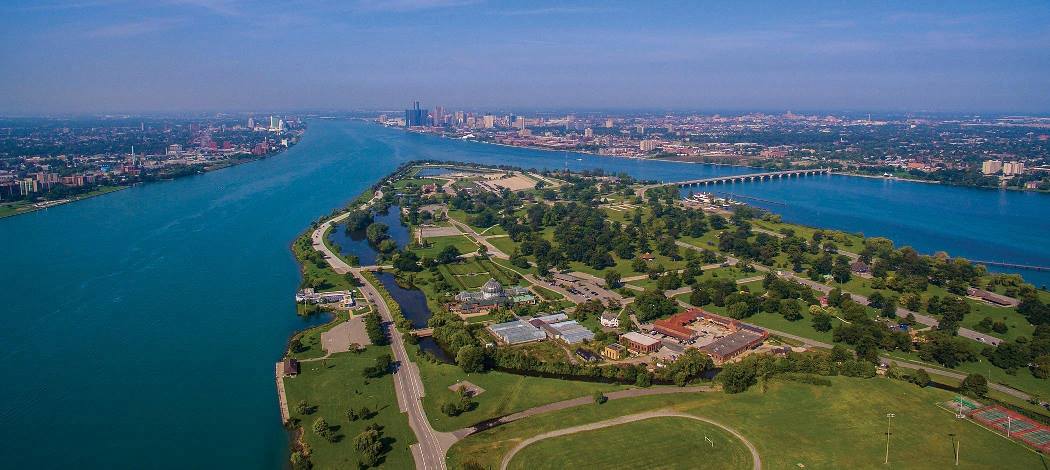In Detroit, Michigan, a unique-but-damaged ecosystem on the eastern side of Belle Isle Park is getting some much-needed regeneration.
Restoration specialists with the Michigan Department of Natural Resources are already at work to bring back 200 acres of globally rare, forested wetland at the 2.5-mile-long island park (larger than New York City‘s Central Park) in the Detroit River.
It’s one of the largest wet-mesic flatwoods in existence and one of only six high-quality occurrences left in Michigan, providing habitat for a variety of rare plants, wildlife species and migrating songbirds.
Wet-mesic flatwoods—or forested wetlands—once were prominent along the Detroit River.
Efforts to restore natural water flow, retain surface water and enhance ecological integrity began this past spring and will help reverse damage that has occurred over the past two centuries.
The following restorative steps will be taken:
- Remove fill that existing trails were built on and replace with accessible boardwalks and primitive trails to restore surface drainage;
- Remove unused roads that impede water flow;
- Close Central Avenue in the winter months to protect plants from road salt and create additional nonmotorized winter recreation opportunities;
- Repair, add or remove culverts and ditch systems associated with roads;
- Plant native trees, shrubs, wildflowers and wetland plants where infrastructure is removed or altered; and
- Control invasive plant species.
“Both the recently completed Lake Okonoka project, which connected Lake Okonoka with the Detroit River, and flatwoods project on Belle Isle complement each other and are part of the bigger picture for Detroit River restoration,” said Bob Clancy, a DNR Parks and Recreation Division restoration specialist.
“Our objective is not only to restore the flatwoods forest and fish habitat, but to enhance recreation at the same time,” he added.
The project is the last of six Belle Isle projects that help alleviate Beneficial Use Impairments associated with the Detroit River Area of Concern.
According to the Environmental Protection Agency, such an impairment means a change in the chemical, physical or biological integrity of the Great Lakes system sufficient to cause significant environmental degradation.
Photo of Belle Isle Park courtesy of Visit Detroit.

